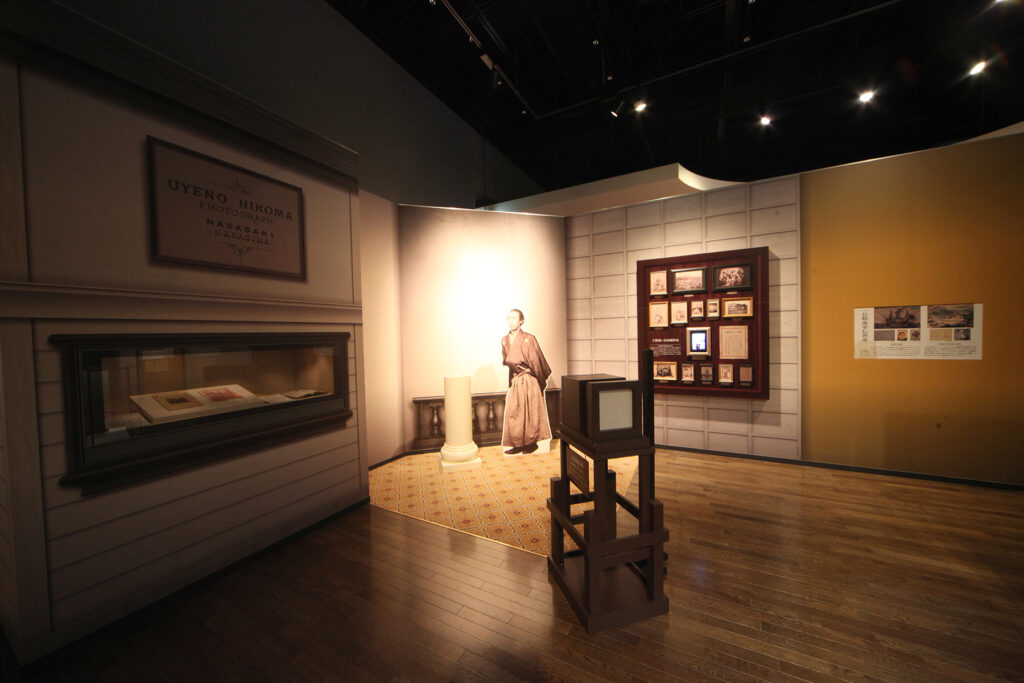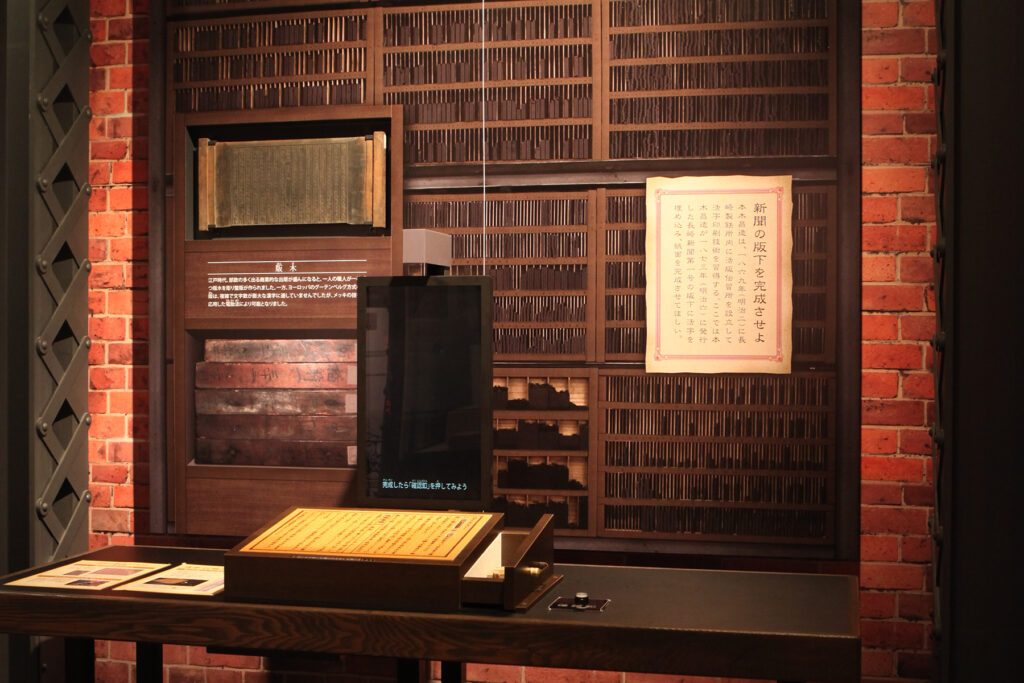Historical and Cultural Zone
1. Encounters with the West: Nanban Trade and Christianity
This room explores the roots of modern Nagasaki’s history and culture, starting with the flourishing of Nanban culture and the spread of Christianity following the opening of the port of Nagasaki, the shuinsen trade, and the construction of Dejima.
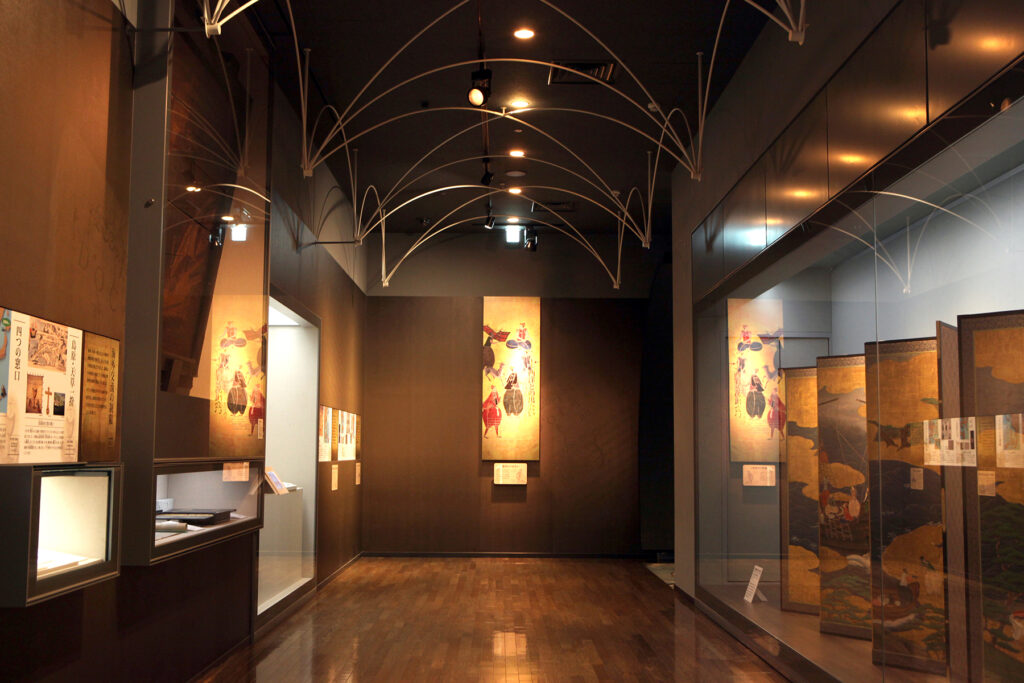
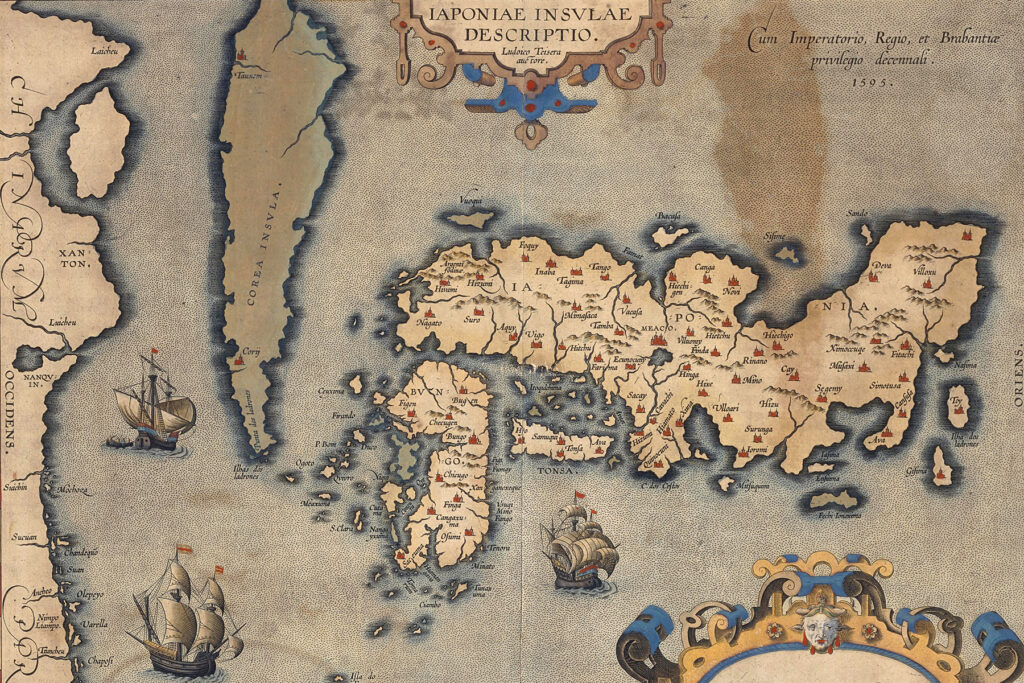
2. Exchange with Korea: Korean Embassies and Tsushima
This room is dedicated to the diplomatic and trade relations that developed between Japan and Korea with the intermediary of the Tsushima domain, and introduces the Korean embassies to Japan and Amenomori Hōshū, a Confucian scholar who played a significant role in Japanese-Korean relations.
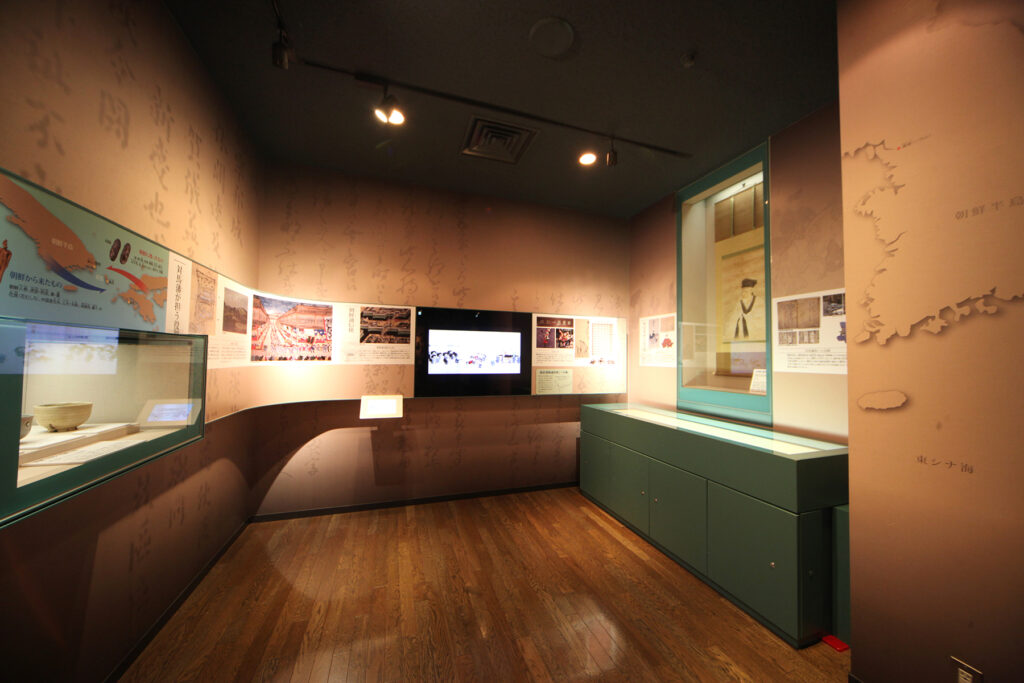
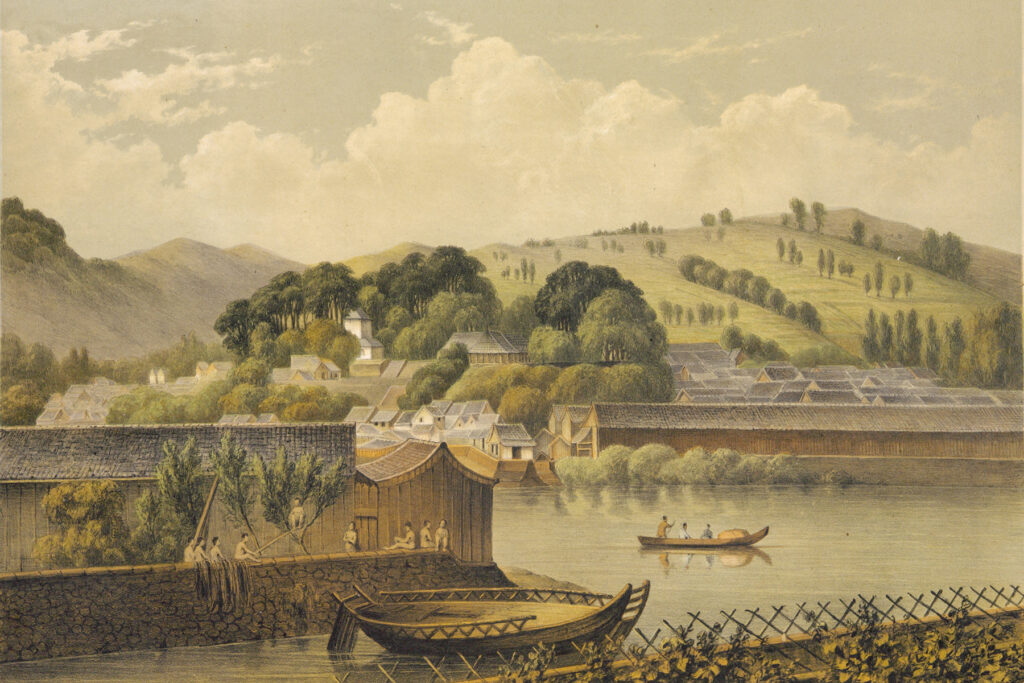
3. Nagasaki Trade: Chinese and Dutch Ships and the Circulation of Goods
This room presents the various goods that were imported to Nagasaki by Chinese and Dutch ships, as well as those exported overseas through Dejima. In the experience corner, you can take the role of a “Mekiki”, the officials who appraised imported goods, and experience the Nagasaki trade using touch, smell, and all the other senses.
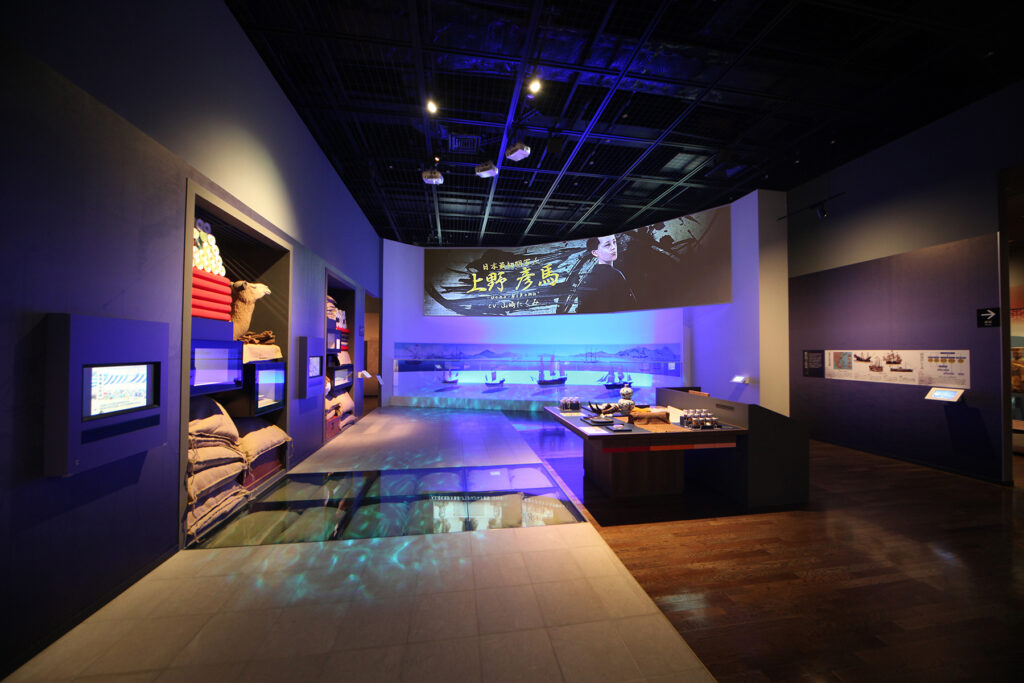
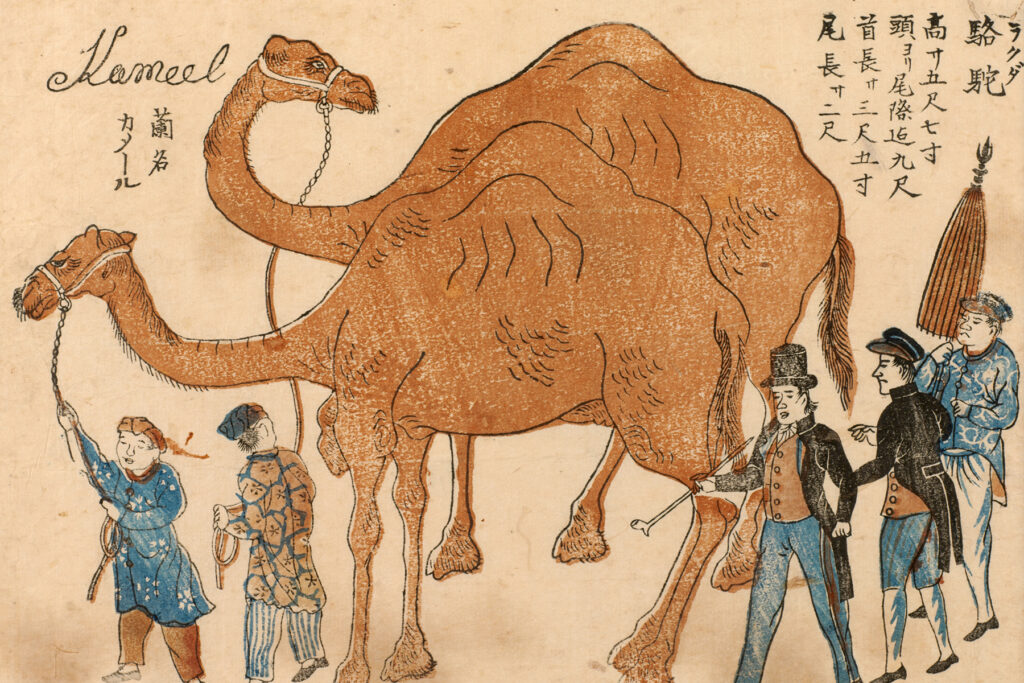
4. Exchange with China: Chinese Temples and the Chinese Quarter
Through Mazu, the tutelary deity of seafarers, and a miniature model of the Chinese Quarter, this room highlights the artistic and cultural influences brought by trade with China during the Edo period. Visitors can also explore the origins of Chinese traditions that continue to thrive in modern-day Nagasaki, such as the dragon dance performed during the Nagasaki Kunchi festival.
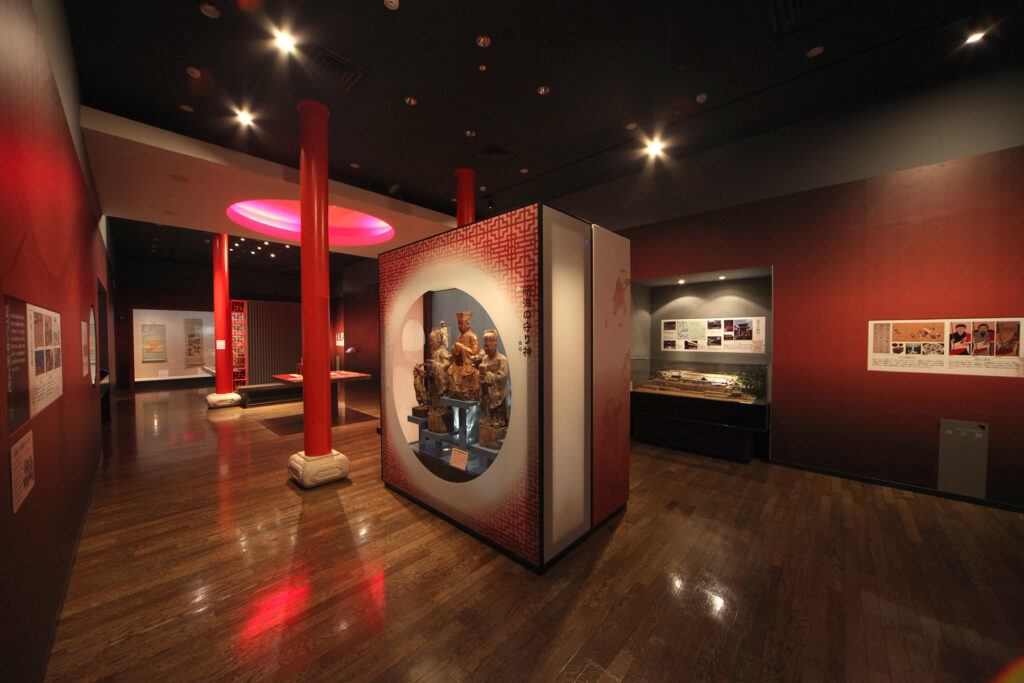
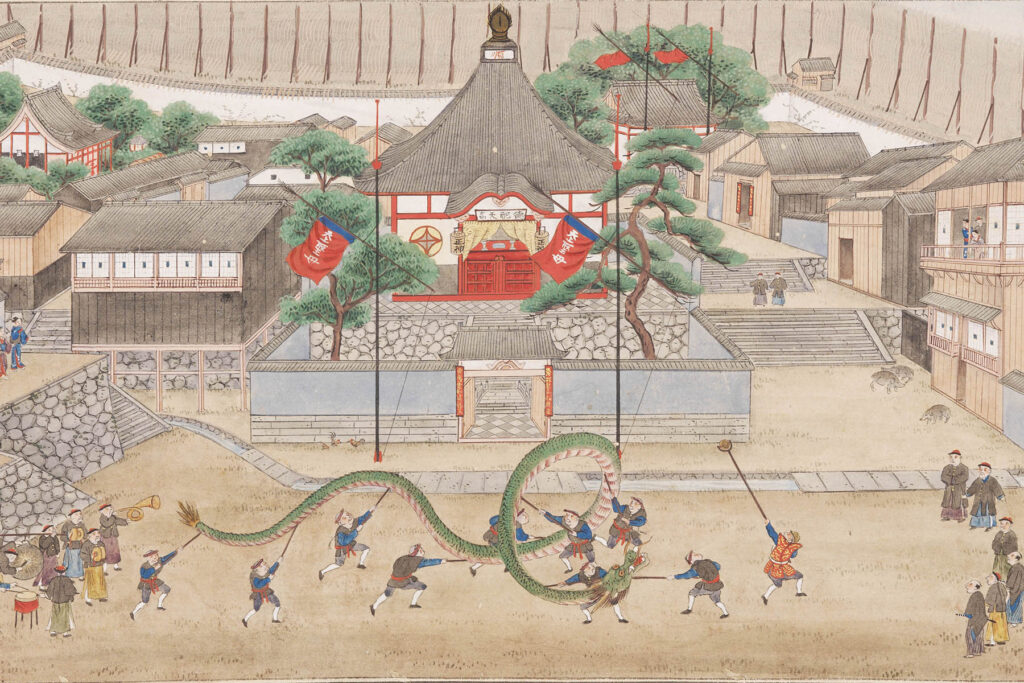
5. Life in Nagasaki: Nagasaki’s Prosperity and the City Structure
Nagasaki has fostered a unique history and culture as a trading city. This room introduces the Nagasaki Kunchi, a festival that still continues to this day, the “Folding screen with painting of 17th-century Nagasaki” and the “Map of Nagasaki’s districts”, which depict the structure of the city, and the reconstruction of a merchant house.
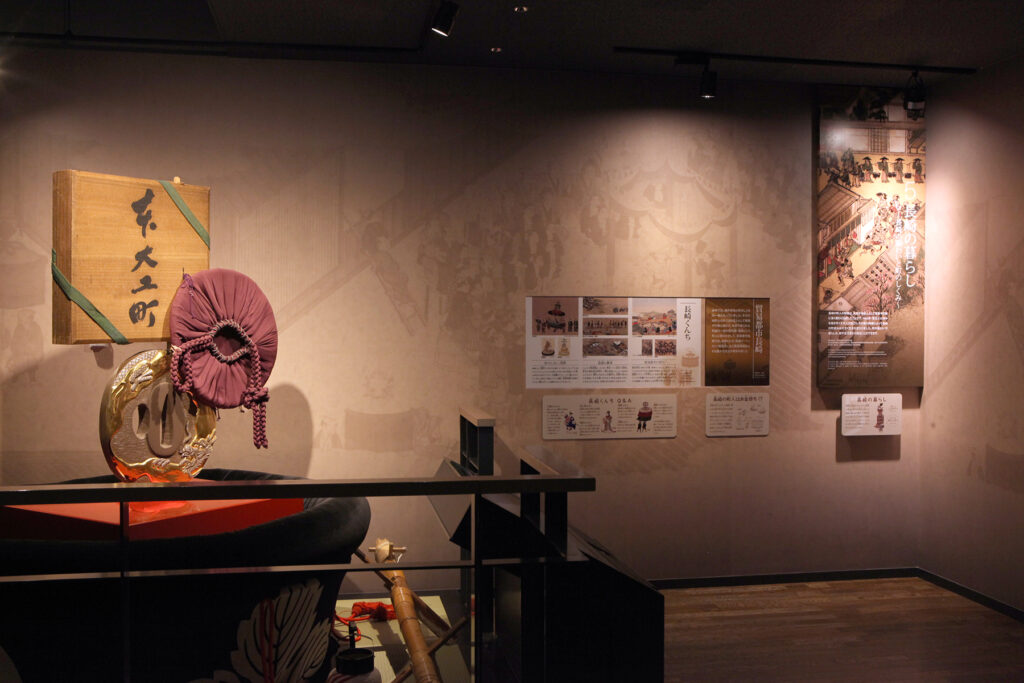
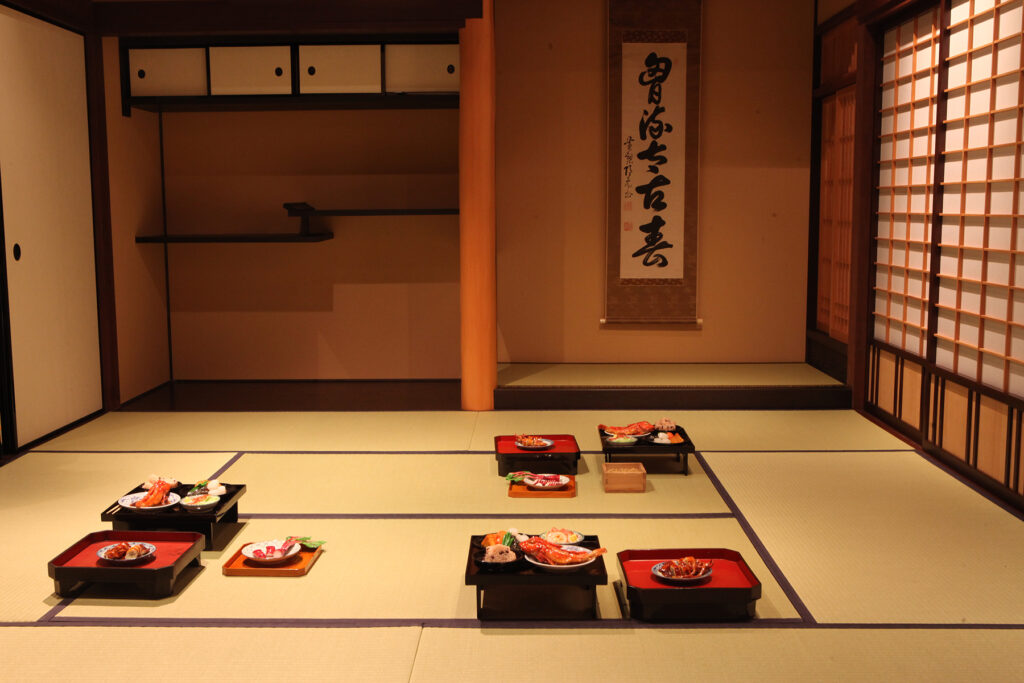
6. Nagasaki’s Arts and Crafts: Exoticism Brought About by Cultural Exchange
Thematic Exhibition Room
This room is home to mini temporary exhibitions featuring works from our collection and centered around a variety of themes related to Nagasaki’s history and culture.
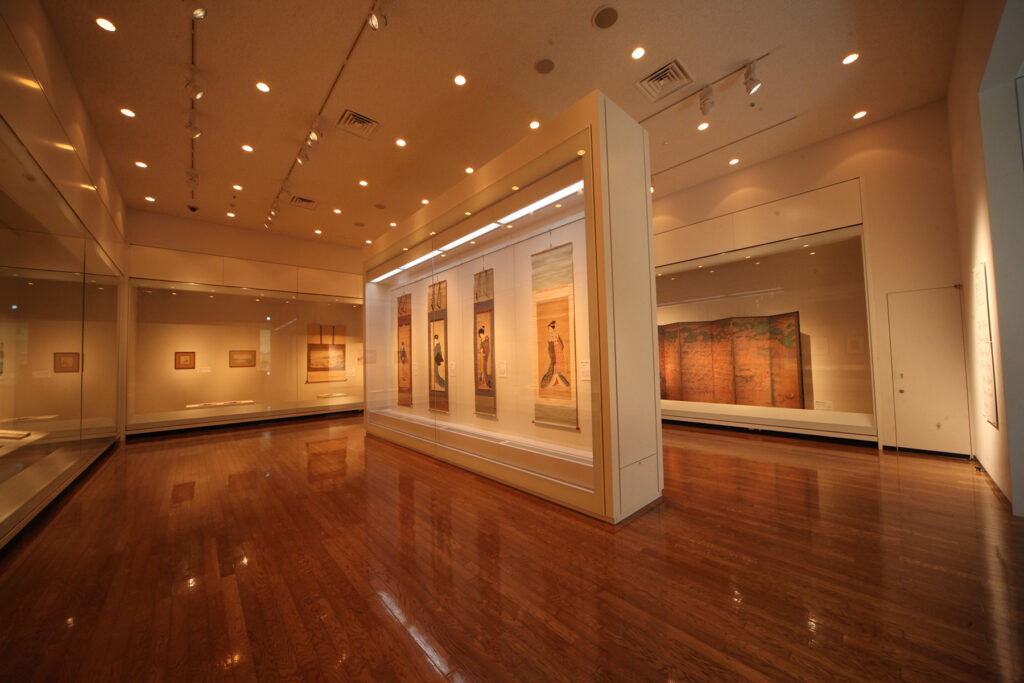
Crafts Exhibition Room
This room displays Nagasaki’s traditional crafts, known for their exotic style, including representative Nagasaki ceramics, Nanban lacquerware, mother-of-pearl inlaid objects, Nagasaki glass, tortoiseshell work, and metalwork.
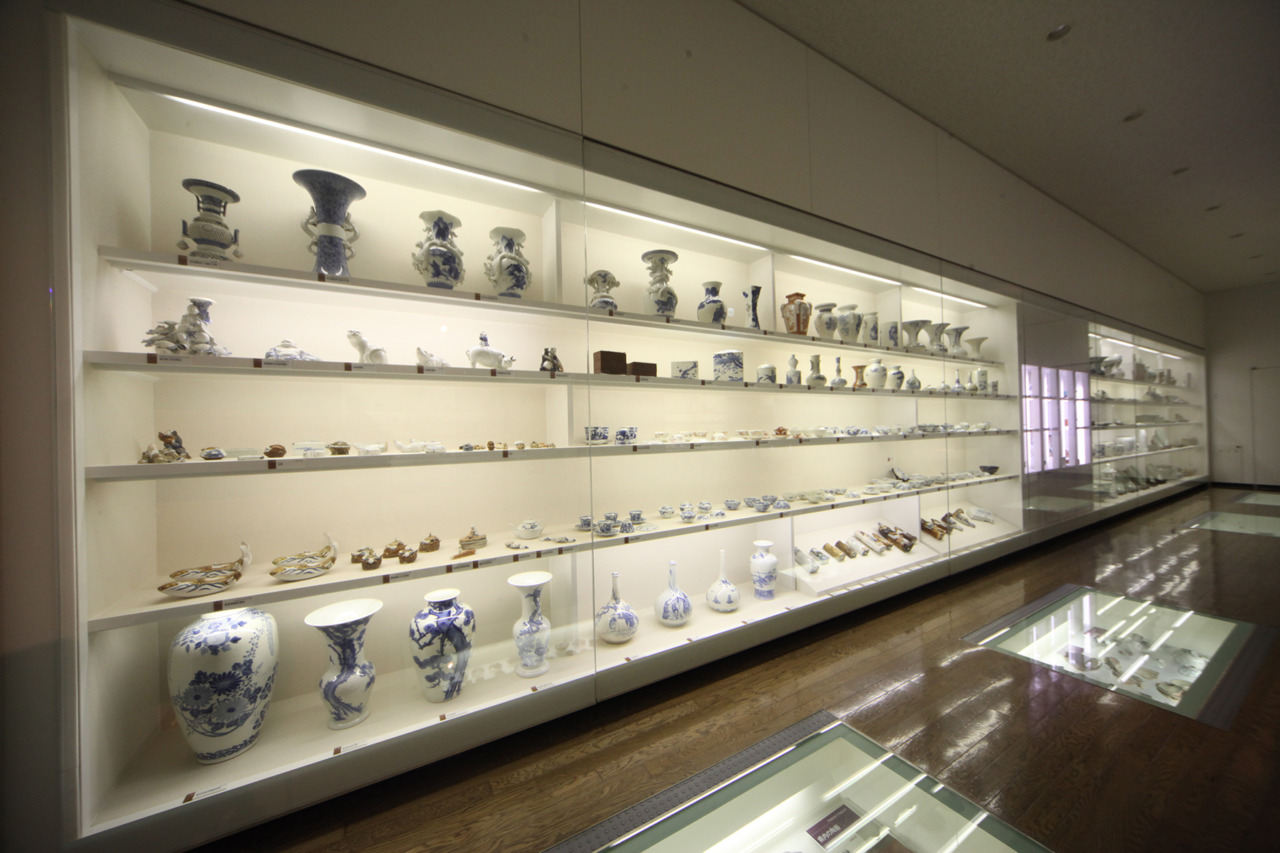
7. Exchange with the Netherlands: Dejima and Dutch studies
This room presents the contributions of key figures connected to Nagasaki, including the heads of the Dutch trading post of Dejima, Philipp Franz von Siebold, and the Dutch interpreters, starting with the introduction of Western knowledge (known as “Dutch studies”) through Dejima, the only window of exchange with Europe during the Edo period.
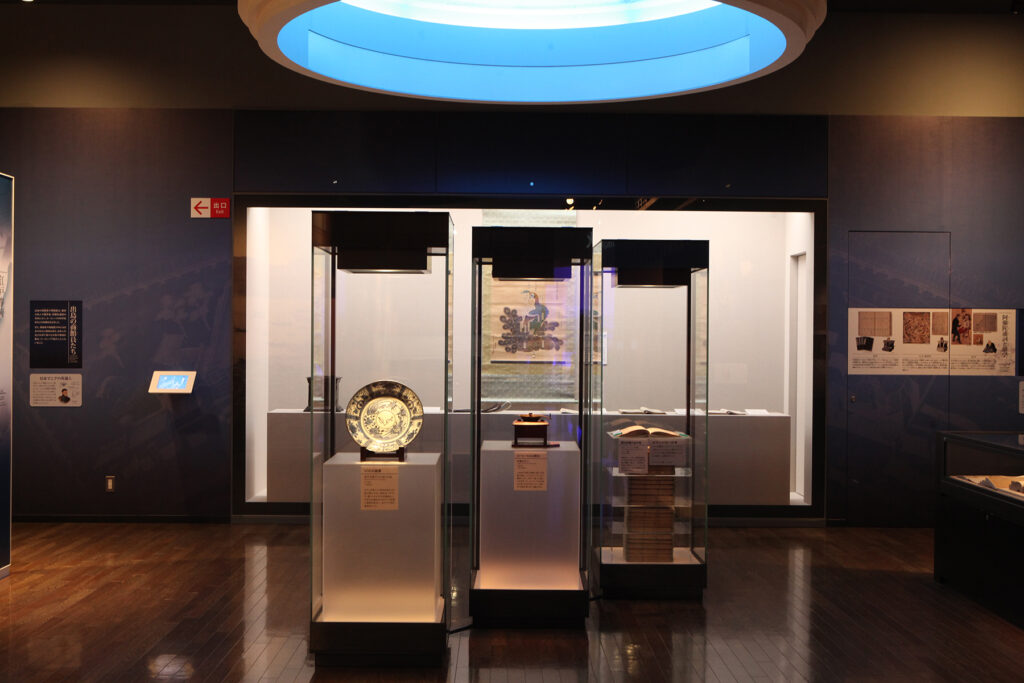
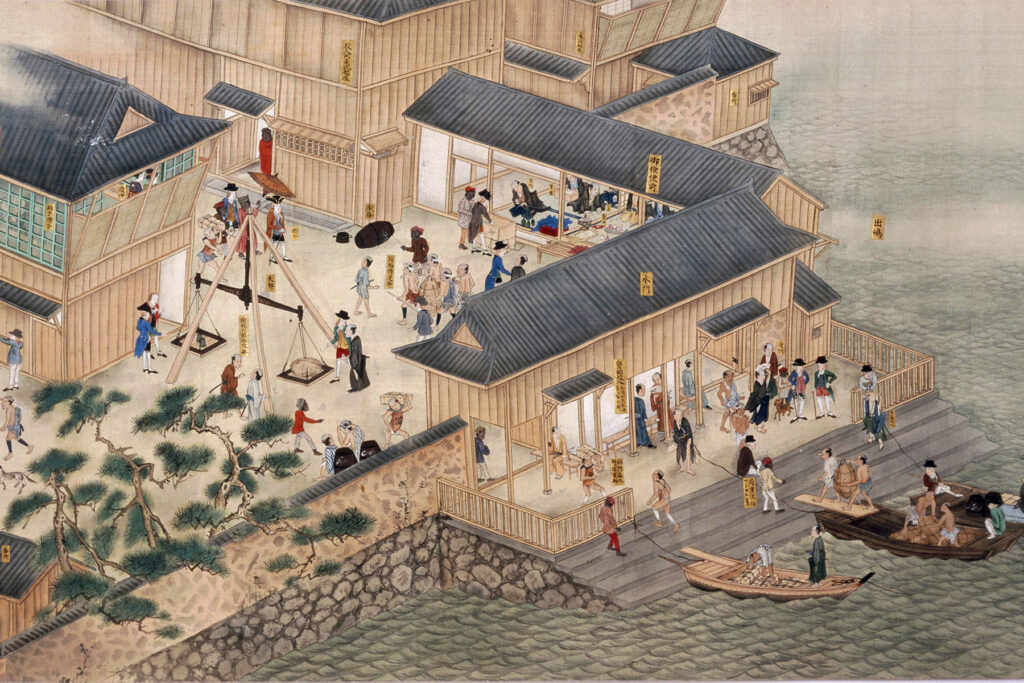
8. The Forerunner of Modernization, Nagasaki: Western Knowledge and Technology, Spreading from Nagasaki
In the last years of the Edo period and at the beginning of the Meiji era, Nagasaki was Japan’s gateway to the world, and the latest knowledge, technology and information converged here. This room conveys the atmosphere of those days through original historical materials and hands-on experiences such as the reproduction of Ueno Hikoma’s photo studio, letterpress typesetting, and Morse code transmission for international communications.
